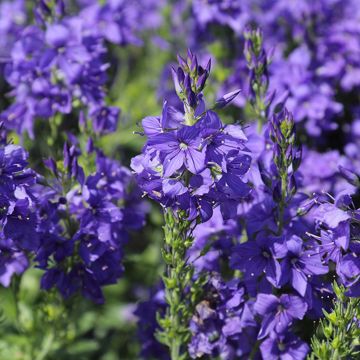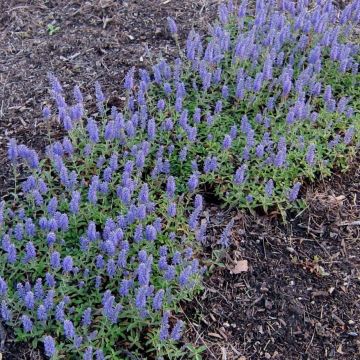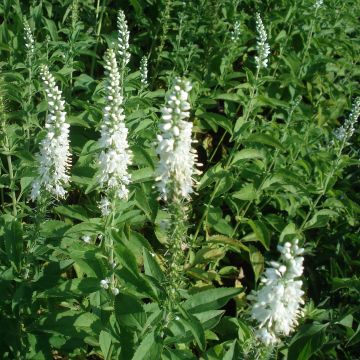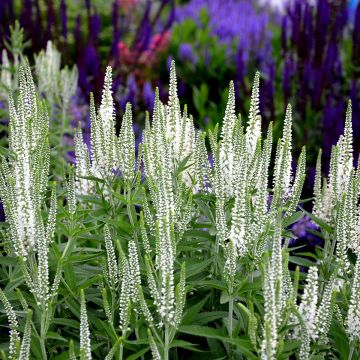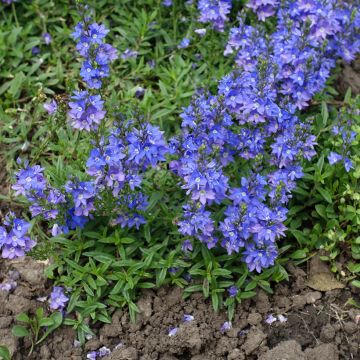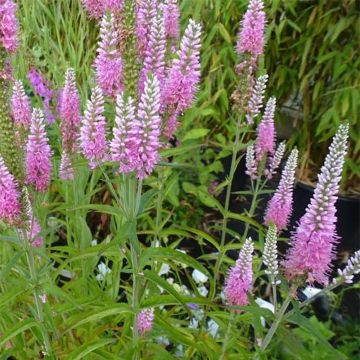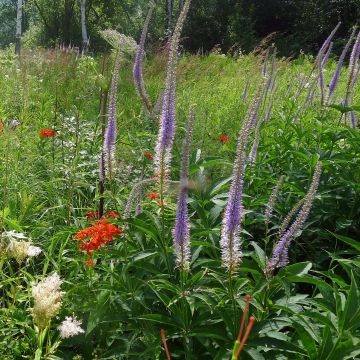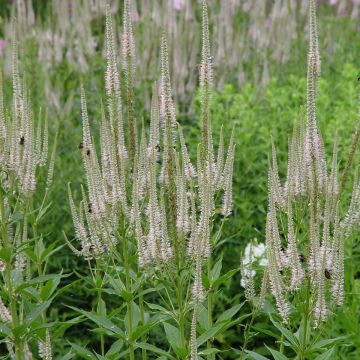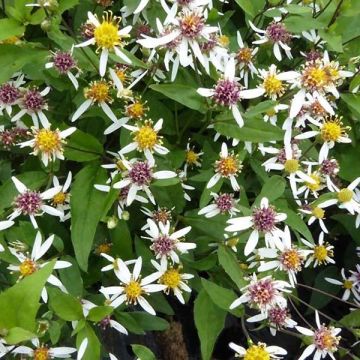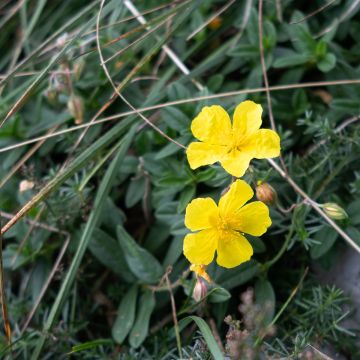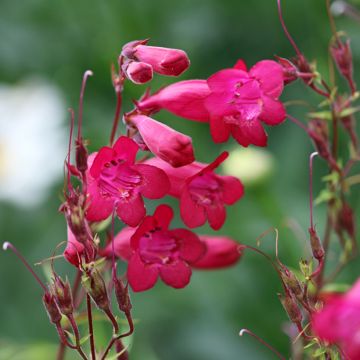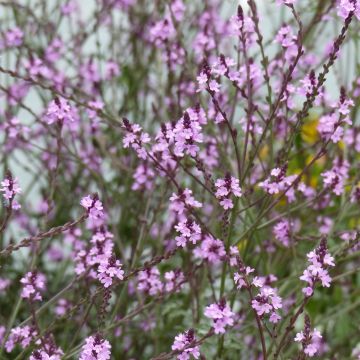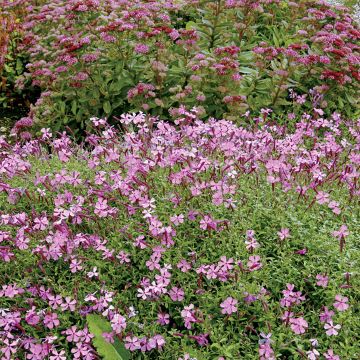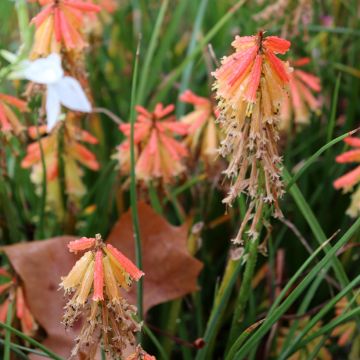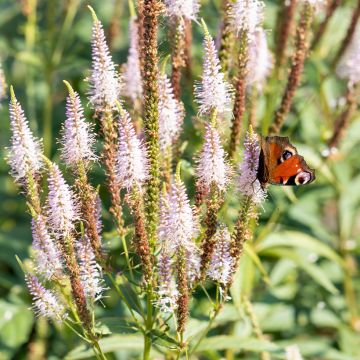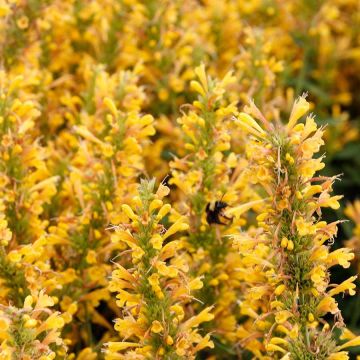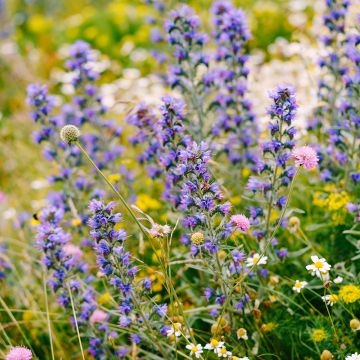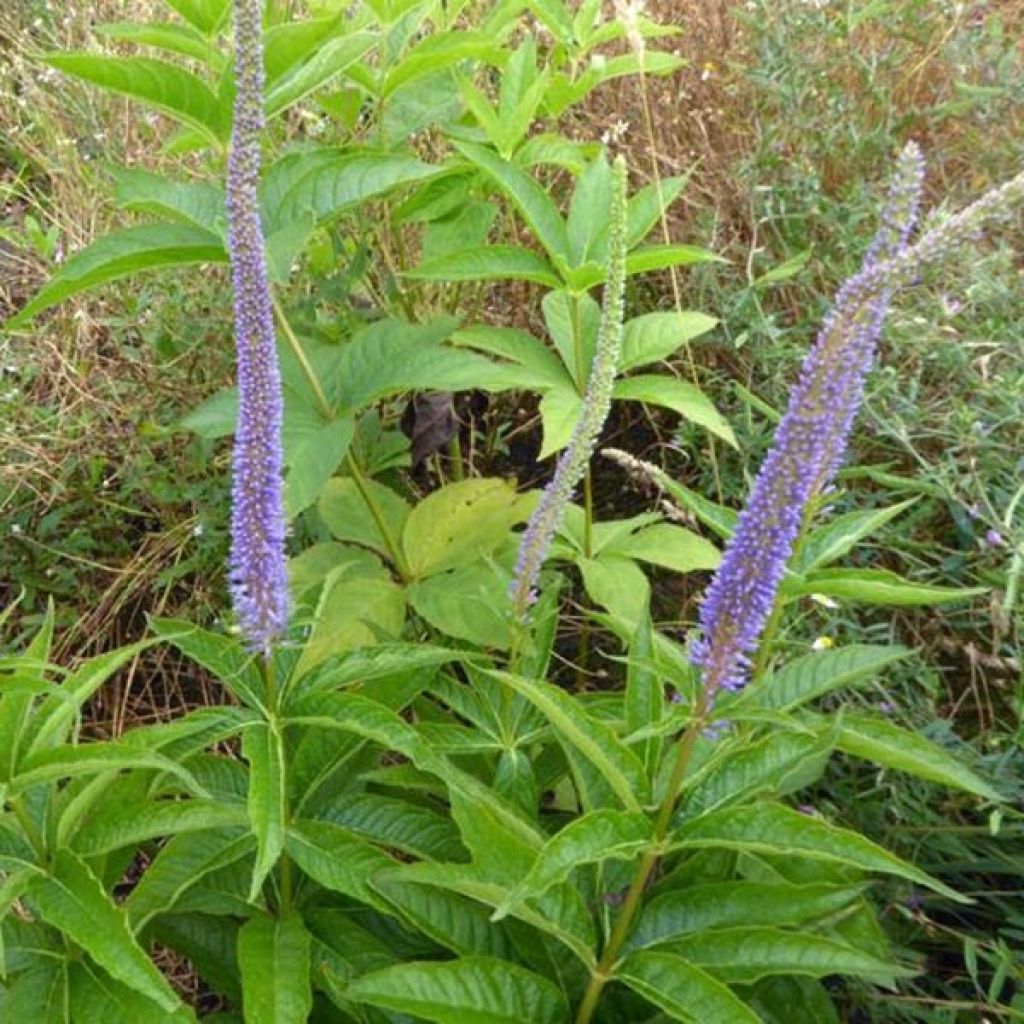

Veronicastrum virginicum Apollo
Veronicastrum virginicum Apollo
Veronicastrum virginicum Apollo
Culver's root, Virginia Speedwell, Bowman's Root
This item cannot be shipped to the selected country
Delivery charge from €5.90
Delivery charge from €5.90
Delivery charge from €5.90
More information
Schedule delivery date,
and select date in basket
This plant carries a 12 months recovery warranty
More information
We guarantee the quality of our plants for a full growing cycle, and will replace at our expense any plant that fails to recover under normal climatic and planting conditions.
From €5.90 for pickup delivery and €6.90 for home delivery
Express home delivery from €8.90.
From €5.90 for pickup delivery and €6.90 for home delivery
Express home delivery from €8.90.
From €5.90 for pickup delivery and €6.90 for home delivery
Express home delivery from €8.90.
Does this plant fit my garden?
Set up your Plantfit profile →
Description
Veronicastrum virginicum 'Apollo' is a Virginia speedwell that stands out for the length of its fine, lavender-blue spikes and the imposing size of the clump, reaching 1.50 m (5ft) high. This tall perennial blooms from June to July with very long and slender fluffy spikes that sway with the slightest breeze at the end of long stems adorned with leaflets gathered in clusters. It is very hardy and thrives in partial shade, in moist to waterlogged soils, ideal on riverbanks and near water.
Veronicastrum virginicum is a deciduous perennial plant native to the eastern United States, specifically floodplains, riverbanks, and wet ditches from Manitoba to Florida, Oregon to Arkansas. It belongs to the Plantaginaceae family (formerly Scrophulariaceae). 'Apollo' quickly forms an erect clump composed of numerous stems covered with fairly dark green foliage. When in bloom, this plant can reach a height of 150 cm (59in) with a spread of 80 cm (32in). It flowers from June to July, depending on the climate. The fine and long 25 cm (10in) spikes have a fluffy appearance with many tiny lavender-blue flowers with prominent stamens which are loved by pollinating insects. The foliage consists of lanceolate, dark green, rough leaflets gathered in whorls, arranged in a star shape at different levels of the stem. The vegetation of Veronicastrum virginicum dries up in winter and regrows in spring.
Plant Veronicastrum virginicum in partial shade, wherever the soil is permanently moist, as they dislike drought and scorching sun. They do not like to be disturbed but do not take up too much space on the ground. They bring rhythm and height to borders, near water. They will be enhanced against a dark background, like the purple foliage of hazelnut trees and maple trees. Perennials that prefer moist to wet soil, such as water avens, Ligularia dentata 'Desdemona', meadowsweets (Filipendula), and the fern Osmunda regalis 'Purpurascens', will be good companions for this beautiful plant.
Report an error about the product description
Veronicastrum virginicum Apollo in pictures
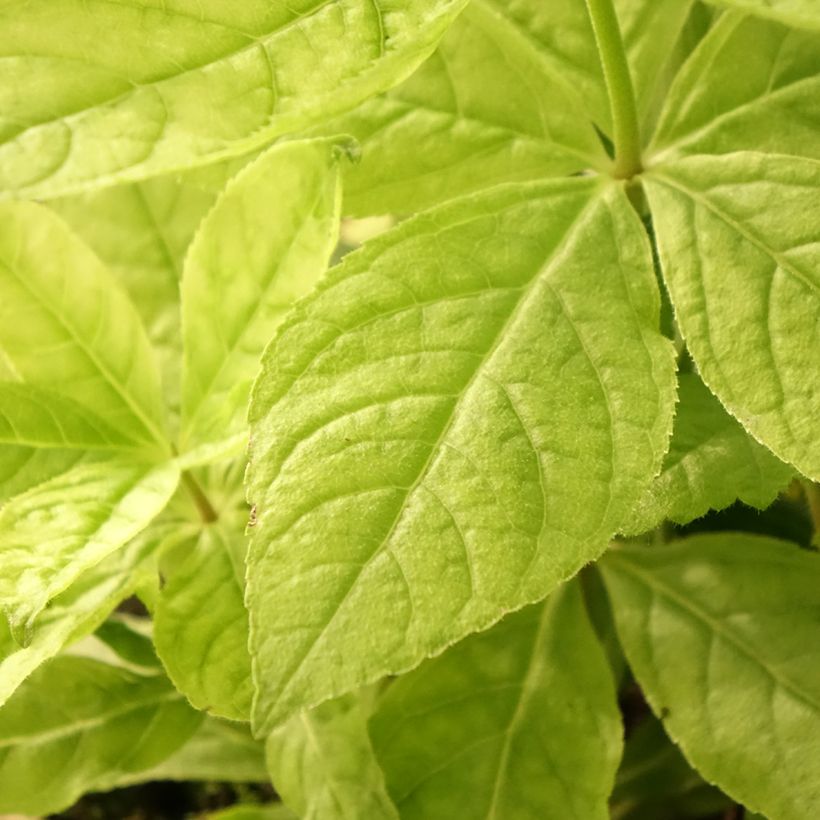

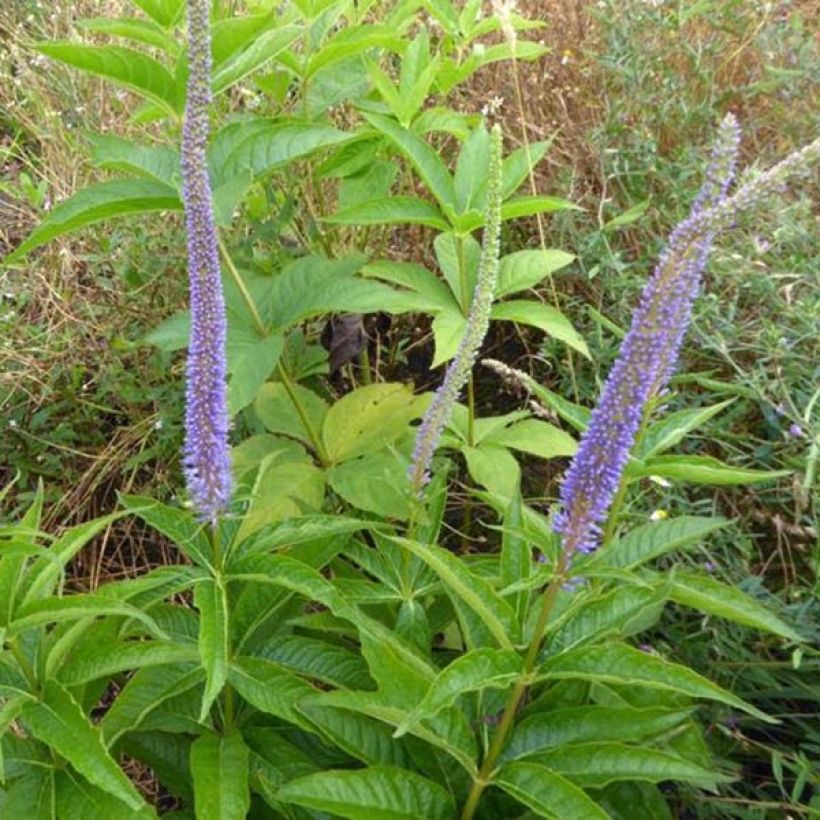

Flowering
Foliage
Plant habit
Botanical data
Veronicastrum
virginicum
Apollo
Scrophulariaceae
Culver's root, Virginia Speedwell, Bowman's Root
Cultivar or hybrid
Other Veronica - Speedwell
Planting and care
Plant Veronicastrum virginicum 'Apollo' in spring or autumn in close to neutral, moist, humus-bearing, deep, and fertile soil. It prefers dappled sunlight or partial shade but can tolerate more sun if its roots are consistently moist. Water regularly in dry and hot summers. Avoid moving and let them grow in situ once established. The foliage may develop powdery mildew spots if not well-ventilated or short of water.
Planting period
Intended location
Care
-
, onOrder confirmed
Reply from on Promesse de fleurs
Summer flowering perennials
Haven't found what you were looking for?
Hardiness is the lowest winter temperature a plant can endure without suffering serious damage or even dying. However, hardiness is affected by location (a sheltered area, such as a patio), protection (winter cover) and soil type (hardiness is improved by well-drained soil).

Photo Sharing Terms & Conditions
In order to encourage gardeners to interact and share their experiences, Promesse de fleurs offers various media enabling content to be uploaded onto its Site - in particular via the ‘Photo sharing’ module.
The User agrees to refrain from:
- Posting any content that is illegal, prejudicial, insulting, racist, inciteful to hatred, revisionist, contrary to public decency, that infringes on privacy or on the privacy rights of third parties, in particular the publicity rights of persons and goods, intellectual property rights, or the right to privacy.
- Submitting content on behalf of a third party;
- Impersonate the identity of a third party and/or publish any personal information about a third party;
In general, the User undertakes to refrain from any unethical behaviour.
All Content (in particular text, comments, files, images, photos, videos, creative works, etc.), which may be subject to property or intellectual property rights, image or other private rights, shall remain the property of the User, subject to the limited rights granted by the terms of the licence granted by Promesse de fleurs as stated below. Users are at liberty to publish or not to publish such Content on the Site, notably via the ‘Photo Sharing’ facility, and accept that this Content shall be made public and freely accessible, notably on the Internet.
Users further acknowledge, undertake to have ,and guarantee that they hold all necessary rights and permissions to publish such material on the Site, in particular with regard to the legislation in force pertaining to any privacy, property, intellectual property, image, or contractual rights, or rights of any other nature. By publishing such Content on the Site, Users acknowledge accepting full liability as publishers of the Content within the meaning of the law, and grant Promesse de fleurs, free of charge, an inclusive, worldwide licence for the said Content for the entire duration of its publication, including all reproduction, representation, up/downloading, displaying, performing, transmission, and storage rights.
Users also grant permission for their name to be linked to the Content and accept that this link may not always be made available.
By engaging in posting material, Users consent to their Content becoming automatically accessible on the Internet, in particular on other sites and/or blogs and/or web pages of the Promesse de fleurs site, including in particular social pages and the Promesse de fleurs catalogue.
Users may secure the removal of entrusted content free of charge by issuing a simple request via our contact form.
The flowering period indicated on our website applies to countries and regions located in USDA zone 8 (France, the United Kingdom, Ireland, the Netherlands, etc.)
It will vary according to where you live:
- In zones 9 to 10 (Italy, Spain, Greece, etc.), flowering will occur about 2 to 4 weeks earlier.
- In zones 6 to 7 (Germany, Poland, Slovenia, and lower mountainous regions), flowering will be delayed by 2 to 3 weeks.
- In zone 5 (Central Europe, Scandinavia), blooming will be delayed by 3 to 5 weeks.
In temperate climates, pruning of spring-flowering shrubs (forsythia, spireas, etc.) should be done just after flowering.
Pruning of summer-flowering shrubs (Indian Lilac, Perovskia, etc.) can be done in winter or spring.
In cold regions as well as with frost-sensitive plants, avoid pruning too early when severe frosts may still occur.
The planting period indicated on our website applies to countries and regions located in USDA zone 8 (France, United Kingdom, Ireland, Netherlands).
It will vary according to where you live:
- In Mediterranean zones (Marseille, Madrid, Milan, etc.), autumn and winter are the best planting periods.
- In continental zones (Strasbourg, Munich, Vienna, etc.), delay planting by 2 to 3 weeks in spring and bring it forward by 2 to 4 weeks in autumn.
- In mountainous regions (the Alps, Pyrenees, Carpathians, etc.), it is best to plant in late spring (May-June) or late summer (August-September).
The harvesting period indicated on our website applies to countries and regions in USDA zone 8 (France, England, Ireland, the Netherlands).
In colder areas (Scandinavia, Poland, Austria...) fruit and vegetable harvests are likely to be delayed by 3-4 weeks.
In warmer areas (Italy, Spain, Greece, etc.), harvesting will probably take place earlier, depending on weather conditions.
The sowing periods indicated on our website apply to countries and regions within USDA Zone 8 (France, UK, Ireland, Netherlands).
In colder areas (Scandinavia, Poland, Austria...), delay any outdoor sowing by 3-4 weeks, or sow under glass.
In warmer climes (Italy, Spain, Greece, etc.), bring outdoor sowing forward by a few weeks.

































